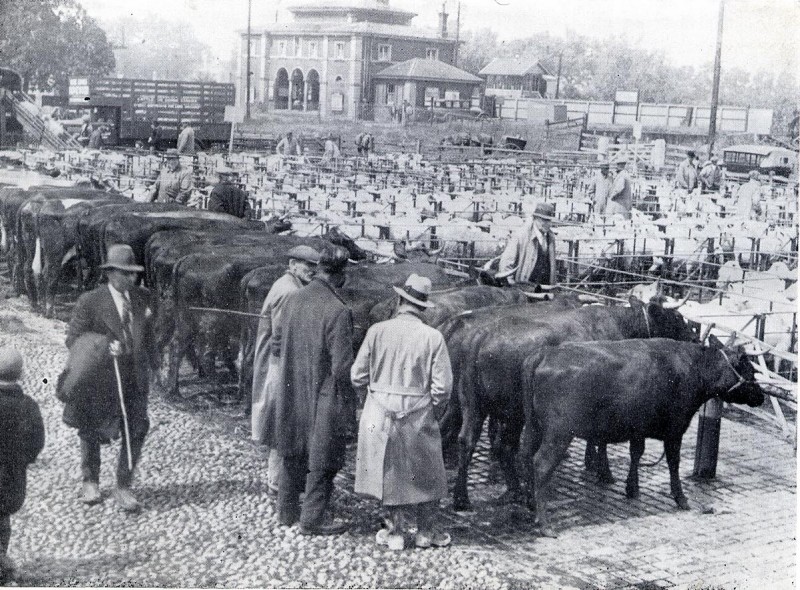Harvest has finally finished. Next years’ crops have been planted rather optimistically in the hope of better prices, and now we are trying hard to sell lambs into a very depressed market.
If we could farm how we wanted, our sheep enterprise would have been disbanded many years ago, but Natural England insist on this farm being lumbered with sheep to preserve the land as a Site of Special Scientific Interest. The same organisation also dictates that these sheep have to be removed from their grazing pastures during the winter months, adding considerable costs to the system, so we tend to sell the lambs and rent extra grazing for the breeding flock.
I am sure that some clever lawyer could rid us of these dictatorial rules that probably infringe on our human rights if I was that way inclined. Alternatively I am waiting for the day that the world becomes hungry enough for the politicians to realise that land, that is capable of growing five tonnes an acre of wheat, should not be stifled with sheep that only produces 100kg of meat on the same area.
The hilly areas of the UK should be where these “white bundles of constant trouble” should be grazing and not on some of the finest land that the world has at its disposal.
When I arrived on Romney Marsh 20 odd years ago, selling sheep was fairly straightforward. They were gathered out of the fields and either taken straight to the abattoir in Lamberhurst or into Rye livestock market.
Those were the good old days when the sheep didn’t have to be accompanied by a tree full of paperwork, or by some clever computer chipped ear tag that tells their life story, as the buyers knew exactly whose animals they were by just looking at them. The buyers at Rye were all local, so the furthest the sheep had to travel was into Essex and they would all be at their final destination by mid-afternoon.

Unfortunately the foot and mouth crisis in 2001 was the final nail in the coffin for both the abattoirs in Lamberhurst and Essex, which both went into liquidation. Even Rye market (shown above), which had been selling livestock since 1859, did not re-open, as the new rules made it impossible to continue, so the sheep pens were replaced with the exceptionally good value car park that is there today.
The car park is excellent for Rye, but bad for sheep welfare. Now our sheep endure a trip to Ashford market, where they will probably spend a whole day, before continuing their journey to anywhere in the UK, and rarely travel less than 200 miles.
This is deemed acceptable, whereas taking them on their shortest journey straight to an abattoir in northern France is perceived unacceptable due to the 22 miles of water in the way! The reality is that it would improve the final journey for this area’s sheep immensely and improve the prices immediately.
So while we ponder on how to improve the welfare of our lambs as they leave the farm, if anyone wants to purchase a traditional Romney Marsh lamb that has grazed these apparently very important Natural England controlled herb rich pastures of the Marsh, then just email me (simonwright2@hotmail.com).
All butchered ready for your freezer and at £7.50/kg, it represents a considerable saving over supermarket prices. At least then a few more of our lambs will have a short journey to their final destination!
Simon Wright is a farmer at East Guldeford where he and his wife Ann also run holiday cottages. Click here to visit their website
Photos supplied by Simon Wright



